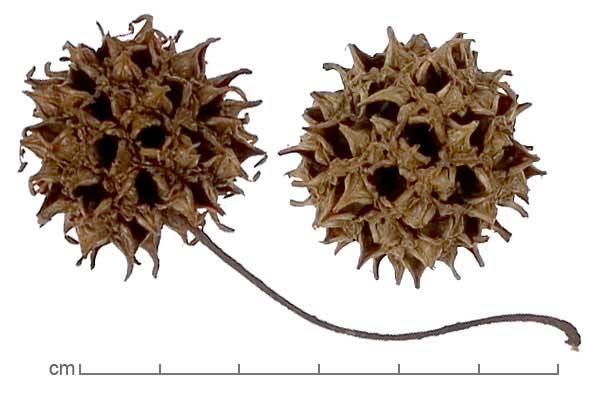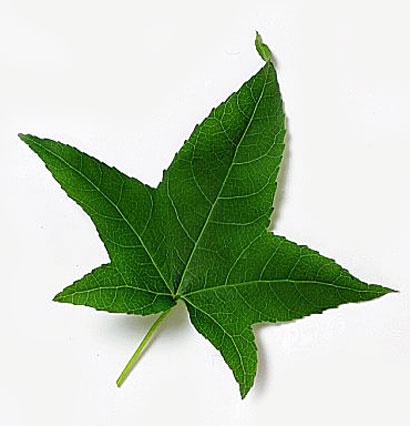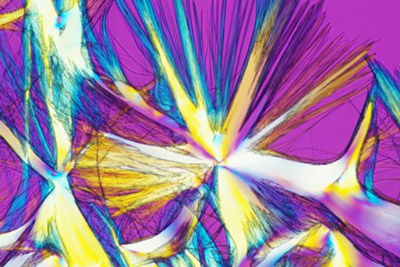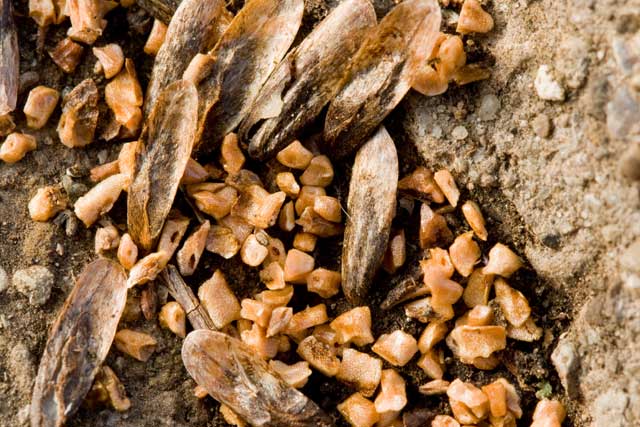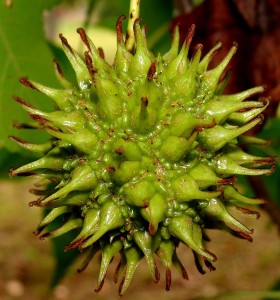The Sweet Gum tree is the sand spur of the forest. You painfully find them with your feet. The vicious seed pods have impaled many a forager and has done much to ruin the Sweet Gum’s reputation. Perhaps it is time for some rehabilitation.
The only edible part of the tree is the dried sap which makes a fragrant, bitter chewing gum. Despite its name the gum is not sweet. It’s called Sweet Gum to separate it from a different species altogether, the Black Gum, Nyssa sylvatica, which is extremely sour and bitter. In comparison the mildly bitter Sweet Gum is definitely sweeter. Dr. Francois Couplan in his book The Encyclopedia of Edible Plants of North America states on page 60 the gum “it has antiseptic qualities.”
That would be the extent of our interest in the Sweet Gum if it were not for influenza. Viruses are little packets of chemicals that can’t reproduce on their own. They have RNA not DNA. So they need something live to reproduce in. Birds, pigs and humans are the preferred hosts. You might be surprised to learn that most strains of the flu start out in birds. It usually jumps from bird to pig and from pigs to people. It can also be found in whales and seals. Sometimes the flu jumps directly from bird to man, resulting in a very strong and often deadly flu. That led to finding special treatments. Among them is Tamiflu.
Tamiflu, or chemically said, oseltamivir phosphate, is made from the star anise tree, Illicium verum, a native of China. Specifically it is made from the seed pods. The prime ingredient is shikimic acid. (she-KEE-mick or SHE-kah-mick.) A shortage led folks to look elsewhere for shikimic acid, and they found it: In pine needles, and infertile Sweet Gum seeds. Sweet Gum bark and leaves have some but the highest concentration is in the infertile seeds. The star anise pod is about 7% shikimic acid, the pine needles 3% and the Sweet Gum 1.7% to 3%. Interestingly, Sweet Gum tea was an herbal treatment for the flu and the Cherokee made a tea out of the bark. Shikimic acid is not Tamiflu any more than steel is a car. That said it is an ingredient, a base material, and whether it is efficacious on its own is a different inquiry.
First, how do you tell infertile sweet gum seeds? Fertile seeds are black with wings on either side, infertile seeds are yellow and wingless. Now, how does shikimic acid work? To reproduce the virus needs to break out of the cells it is in. A protein makes that possible. It is believed Shikimic acid can inhibit the protein. The flu doesn’t reproduce which shortening the duration of the infection and thus shortening or lessening the symptoms, which in some cases of the flu is what is deadly. In some flu infections it is your body’s response to the flu that kills you rather than the flu directly. This is why some flus kill the young. They have very strong and immediate immune systems that overwhelm the body while fighting the disease. With some flus older folks have slower immune responses and may have partial immunity from previous infections. As for the preparation, dosage, and consult a doctor or herbalist. As I say that is all outside my pay grade. It usually involves soaking crushed green Sweet Gum fruits in alcohol to make a red tincture.
Botanically the Sweet Gum is Liquidambar styraciflua. (lick-wid-AM-bar sty-rass-
To read a scientific study on the medicinal side of the species go here.
Green Deane’s Itemized Plant Profile: Sweet Gum
IDENTIFICATION: Liquidambar styraciflua: A medium-sized to large tree, growing to 65-155 feet (20–35 m) with a trunk up to 6 feet (2 M) in diameter, can live to 400 years. Leaves alternating, usually have five (but sometimes three or seven) sharply pointed palmate lobes. dark green, glossy turning brilliant orange, red, and purple the autumn. Leaves have substantial amounts of tannin. Fruit, compound, round, 40 to 60 capsules, each with one or two seeds.
TIME OF YEAR: Flowers later spring, fruits in summer, persists in winter.
ENVIRONMENT: Prefers deep, moist bottomland and full sun. Found from southern New England to Florida west to mid-nation.
METHOD OF PREPARATION: Slashed to the cambium, sap will leak out and harden. The resulting gum can be chewed. Unripe fruit can be crushed and soaked in alcohol to make a medicinal tincture. The bark can be used to make a medicinal tea.

